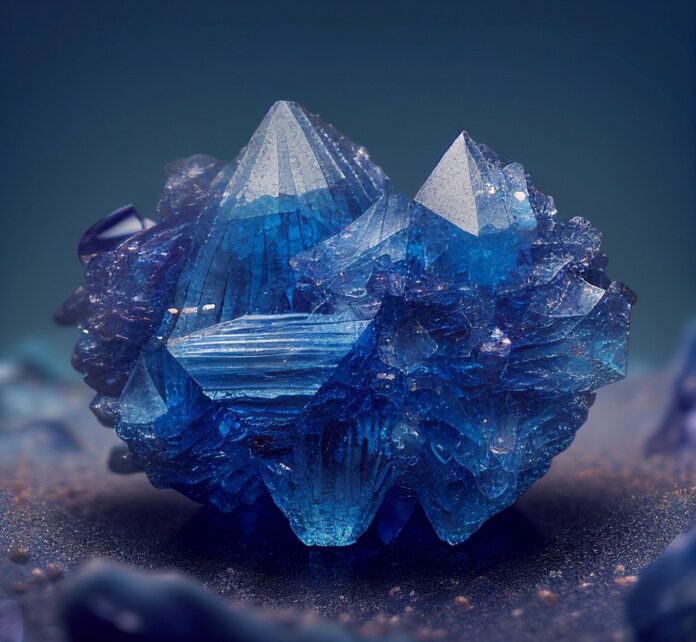Since humanity mastered the extraction of minerals, technological progress has accelerated rapidly. The exploitation of the Earth’s resources forms the foundation of prosperity for many countries. However, these resources are not infinite, and it’s high time people started considering alternative energy sources. Although work is being done in this direction, the dependence on minerals remains significant and will undoubtedly continue for a long time.
Facts About Minerals:
- Minerals are categorized into three main types: liquid, gaseous, and solid.
- Coal ranks first in terms of extraction volume among all minerals. It still plays a crucial role in the energy sector of many developing countries.
- The first surgical instruments in the world were made from obsidian, or volcanic glass. This mineral forms when magma erupts onto the surface and cools rapidly under extreme temperatures.
- Sometimes, mineral extraction harms the environment. For example, the most toxic lake in the world, located in the United States, was formed when water flooded a former copper mine.
- The first theory about oil claimed it was whale urine. At that time, oil was collected simply from the surface of water bodies.
- The most malleable metal extracted from the Earth’s crust is gold. One ounce of gold is enough to produce a thread nearly 80 kilometers long.
- The most important minerals for the development of humanity have been metals and fuels. The extraction and processing of coal and iron greatly accelerated technological progress.
- Platinum, which is now extremely valuable, was first discovered by Europeans in the 16th century in the New World. Initially, it was valued very low, with even silver considered more precious. Today, platinum is one of the most expensive minerals.
- Often, several types of minerals are found together. For example, natural gas is frequently dissolved in oil.
- One of the most durable minerals used in construction since ancient times is granite. It can withstand the effects of wind and moisture for centuries without losing its original appearance.
- The hardest mineral extracted from the Earth’s crust is diamond.
- Uranium undergoes 14 stages over time, during which it continuously generates dangerous radiation. Eventually, it turns into ordinary lead, but this process takes about 1 billion years.
- The only metal that does not produce sparks when struck against another piece is copper.
- Peat, a type of mineral, is an excellent preservative. Sometimes, well-preserved bodies of people and animals that fell into peat bogs hundreds of years ago are found.
- Only about 6% of all extracted salt is used for food consumption. The rest is used for industrial purposes.
- Petroleum’s Ancient Use: Long before its widespread use as fuel, ancient civilizations used petroleum for various purposes, including medicinal applications, waterproofing, and even as an ingredient in cosmetics.
- Salt as Currency: In ancient times, salt was so valuable that it was used as currency in some regions. The word “salary” actually derives from “sal,” the Latin word for salt, as Roman soldiers were sometimes paid in salt.
- Bauxite for Aluminum: Bauxite is the primary ore from which aluminum is extracted. Without the discovery and processing of bauxite, the lightweight and versatile metal aluminum would not have become as widely available.
- Mineral Superconductors: Some minerals, such as niobium and tin, are critical in creating superconductors—materials that can conduct electricity without resistance at very low temperatures. These materials are essential in advanced technologies like MRI machines and particle accelerators.
- Diamonds in Space: While diamonds are mined from the Earth, scientists have discovered that tiny diamonds can also form in space. These “extraterrestrial diamonds” are found in meteorites that have fallen to Earth, offering clues about the conditions in the cosmos.
